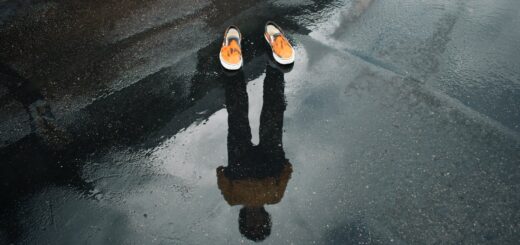Psychedelic Art: A Kaleidoscopic Influence on Cultural Expression
Psychedelic art, with its vibrant colors, kaleidoscopic patterns, and distorted visual perception, has left an indelible mark on popular culture. This visual style, deeply entrenched in psychedelics and countercultural movements, has transcended the confines of traditional artistic expression, influencing everything from album covers to fashion, and even the aesthetics of music festivals.
The genesis of psychedelic art traces back to the 1960s, a time of social and cultural upheaval. With the advent of psychedelics, a blossoming counter-culture of artists began experimenting with these substances, seeking new realms of consciousness and finding inspiration for their artistic output. A deeper understanding of these connections has shed light on how these altered states of perception have shaped and continue to influence our art and, in turn, our culture.
The most identifying feature of psychedelic art is the non-linear, dreamlike, and often surreal visual perception it presents. Artists aim to aesthetically recreate the psychedelic experience in their work, altering traditional perspectives of reality. This unconventional worldview stands in stark contrast to orthodox artistic conventions, making the genre truly revolutionary. An exploration of the links between psychedelics and visual perception provides deeper insight into the formation of this art style.
Psychedelic aesthetics, characterized by vivid colors, convoluted patterns, and morphing forms, soon permeated the terrain of popular art. The ‘Summer of Love’ in 1967, a significant cultural milestone, saw an explosion of this art form, with posters, album covers, and attire resonating with vibrant, psychedelic imagery. The influence was extensive, redefining visual aesthetics across music, fashion, and graphic design.
Many album covers of the era, such as The Beatles’ ‘Sgt. Pepper’s Lonely Hearts Club Band’ and Pink Floyd’s ‘The Piper at the Gates of Dawn’, were rife with psychedelic aesthetics. These works were a visual symbol of the era – a rebel yell against established norms and for individuality and freedom. Psychedelic art also found a place in the fashion industry, leading to an era of tie-dye shirts, paisley prints, and bell-bottom jeans. These trends persist even today, testament to the cultural impact of this artistic style.
Psychedelic art further intertwined with culture at music festivals, becoming synonymous with these gatherings. These festivals are often psychedelia’s playground, where artistic expression abounds, turning the venues into live canvases for psychedelic art. The counterculture’s epicenter, Woodstock’69, proved a significant milestone in cementing this relation. Today, the art form thrives at events such as Burning Man and Electric Daisy Carnival, where artists and attendees alike engage with psychedelic aesthetic experiences.
Although often associated with the 60s counterculture, psychedelic art did not emerge in a vacuum. It drew from several preceding artistic movements, particularly surrealism. Surrealist artists probed their subconscious for inspiration, much like the psychedelic artists who used hallucinogens to reach altered states of consciousness. This correlation provides a fascinating glimpse into the roots of psychedelic art in earlier artistic expression.
In conclusion, psychedelic art and its vibrant aesthetics have had a profound impact on culture, redefining artistic expression and significantly influencing music, fashion, and festival experiences. Its origin and development, deeply intertwined with counterculture movements and the use of psychedelics, offers a fascinating examination of the symbiosis between art and cultural trends. The legacy of psychedelic art persists in our culture today, echoing the enduring influence of this revolutionary artistic movement.


